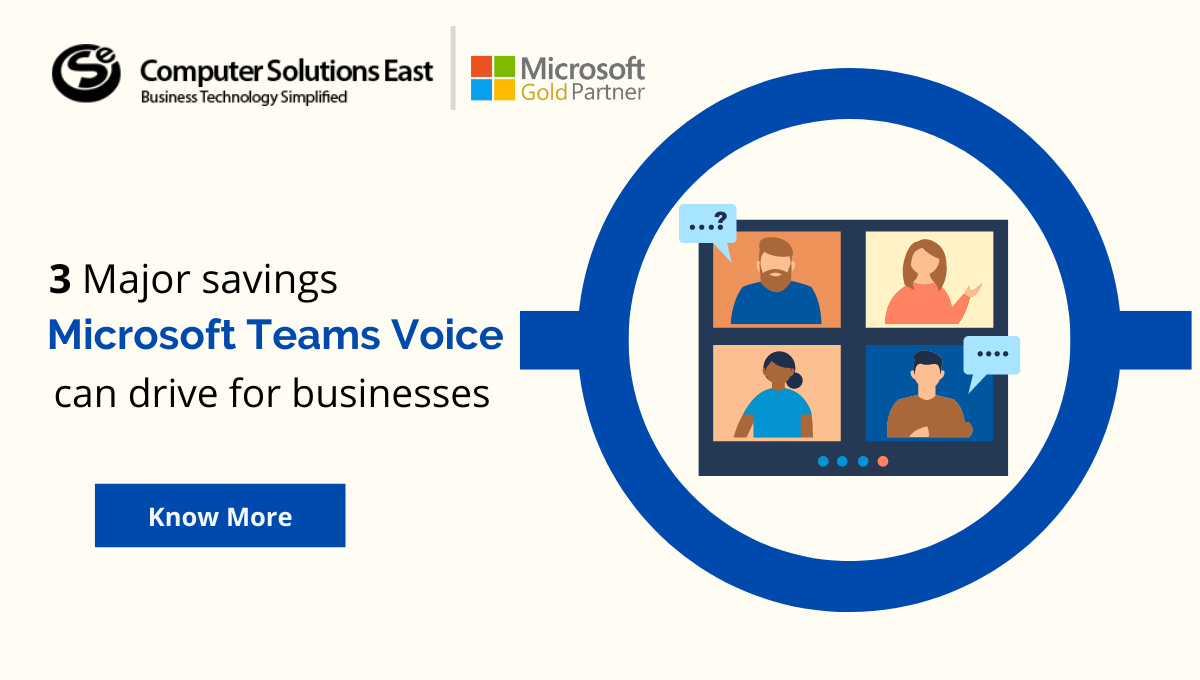Going the Digital Way with 5G: Key Strategies to Follow in 2021
5G undoubtedly had its moment in the sun in 2020. From Huawei’s withdrawal from UK infrastructure to Ericsson’s leadership of the UK’s nationwide rollout, it has undoubtedly been a political, economic, and customer talking point. However, how can companies capitalize on 5g digital transformation by identifying its right potential?
We read a lot about how 5G can change our lives, from faster broadband services that serve work from home to high-quality gaming. Still, much senior staff will be forgiven for not understanding where to begin when executing a 5G plan with the help of digital transformation consulting companies that result in accurate business results.

This blog will outline five tactics companies can use to jumpstart their 5G digital transformation to reap the benefits of improved mobility and consumer reach in 2021 and beyond.
Back to basics
Before delving into the five tactics, it is critical to remember that wireless WAN applications still influence 4G. It is yet to become much more robust with 5G, and applications previously impossible to run on 4G will now be possible in 5G innovations for new business opportunities.
Additionally, it is critical to remember that 5G encompasses a variety of spectrum types. Indeed, three frequency bands must be considered in 5G digital transformation: 4G LTE, sub-6GHz, and millimeter-wave. Everyone has distinct features and trade-offs. Spectrum bands with high propagation characteristics have poor performance characteristics. In contrast, spectrum bands with low propagation characteristics have excellent performance characteristics that testify to the 5G digital transformation. Until embarking on a 5G deployment, it is crucial to understand the fundamentals of both.
Company executives should consult with strategic business units and have meetings to learn how demand and consumers will shift in two to five years. From here, corporate owners can understand how technologies can help them take advantage of these developments and how technological barriers in the 5G digital transformation can prevent them from capitalizing on potential opportunities. What part can wireless WAN play in the plans, and what preparation steps can they take now?
If this exercise has been completed, a technology strategy can be drawn up by leaders in coordination with finance, procurement, and marketing that will serve as a blueprint for various stakeholder groups for making these ventures come to fruition.
So that we have a foundation for the five business models for 5G innovation, let us discuss these 5G digital transformation models:
1. The failover strategy
A wireless failover approach is vital for organizations that rely on external connections to operate their company, such as cloud applications, point-of-sale systems, and employee systems, all of which require constant WAN connectivity. Dual-wired links sometimes share a trench or end at the same local node. A wireless connection enabled by 5G digital transformation can prevent construction injuries and shared paths.
2. The bandwidth augmentation strategy
This is a fantastic, highly scalable choice for systems that allow a diverse failover route and additional bandwidth. A wireless link can be activated instantly for organizations using wired and wireless connections concurrently. Each contact can then be allocated to a specific traffic type or with advanced SD-WAN solutions that can be effectively bonded with the help of a digital transformation expert.
3. The primary wireless strategy
Businesses who want both WAN and 5G-specific results should make an excellent primary wireless strategy. These options work well with big, flexible organizations scaling or changing locations regularly or having a global presence. Evolving emerging disasters such as the COVID-19 outbreak also underscored the need for pop-up centers of this nature.
Shopping in an airport is a clear example of the role that interactive dressing rooms might play in retail. Likely, airports might not have network infrastructure capabilities enabling virtual reality. With a 5G digital transformation, the store would have more excellent output options. This is a typical example of the different uses of the primary wireless technique.
4. The IoT strategy
As cloud, IoT, and AI technologies converge, 5G gains traction. Many companies will see more significant potential for digital transformation. Retail, manufacturing, and government infrastructure are the only industries that would benefit from a coordinated and forward-thinking communication plan. Using manufacturing as an example, companies often are reluctant to operate such cables in hostile environments such as chemical plants due to the risk of physical contact affecting the manufactured material.
Numerous production facilities are also located in rural and remote areas. Simultaneously, robots are performing many activities on the factory floor. Naturally, robots will require wireless connectivity as a part of global digital transformation, which means Wi-Fi will not suffice due to the possibility of transmission interference. This is where 5G shines – as the optimal wireless solution that can also be used with mobile edge computing solutions.

5. The mobile strategy
Mobile 5G digital transformation ensures that it is well-suited for environments with high-capacity consumer and constituent demand-based apps.
If organizations such as the emergency services were mobile, 5G would have a revolutionary effect. Like police vehicles, police vehicles today have considerable technological resources like cameras to ensure police and the public are protected.
It is necessary to upload videos of crime or accidents over Wi-Fi at the station to be always on the station. Because of 5G’s digital capabilities, video could be posted instantly to the community, and passenger protection, transparency, and responsiveness could be significantly improved.
These are the five winning tactics that companies across the United Kingdom can quickly adopt to ensure a smooth and profitable digital transformation. ‘5G’ does not have to be unattainable or perplexing. By developing a clear roadmap of the business objectives and technologies required to accomplish them, you will position yourself to leverage your organization’s most successful 5G rollout plan.


